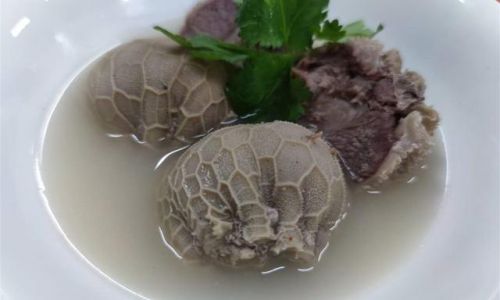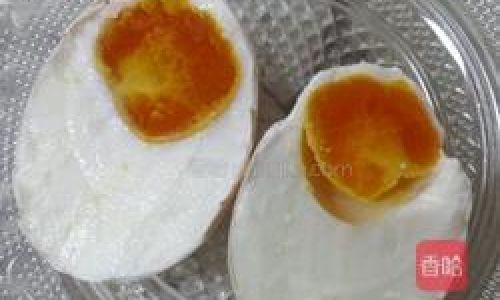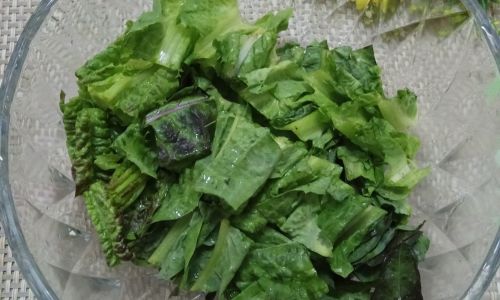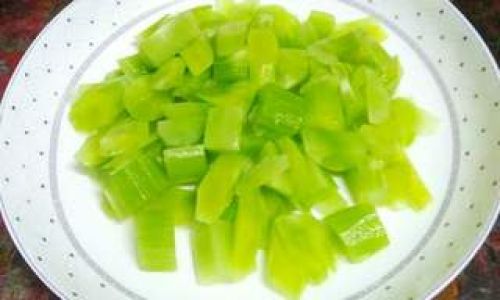Introduction
Lamb tripe, a culinary delight enjoyed across various cultures, often evokes a mix of intrigue and curiosity among food enthusiasts. This versatile ingredient, derived from the stomach lining of sheep, is rich in texture and flavor, making it a staple in many traditional dishes. However, the question of how long to cook lamb tripe to achieve the perfect balance of tenderness and flavor often leaves home cooks puzzled. In this comprehensive guide, we delve into the intricacies of cooking lamb tripe, exploring various cooking methods, timing considerations, and tips to ensure your lamb tripe turns out delicious every time.
Understanding Lamb Tripe

Before diving into the cooking process, it’s essential to understand the unique characteristics of lamb tripe. Lamb tripe has a tough, rubbery texture when raw, which necessitates a thorough cooking process to break down its fibers and render it tender. The cooking time varies depending on the cut, thickness, and desired texture. Generally, lamb tripe can be cooked in a variety of ways, including boiling, stewing, braising, and even pressure cooking.
Preparation Before Cooking
-
Cleaning the Tripe: Proper cleaning is crucial to remove any impurities and odors. Begin by rinsing the tripe under cold running water. Use a sharp knife to scrape off any excess fat or membranes. Some cooks recommend soaking the tripe in saltwater or vinegar for an hour to further draw out impurities and enhance its flavor.
-
Cutting the Tripe: Depending on your recipe, you may need to cut the tripe into strips, squares, or smaller pieces. This not only aids in even cooking but also makes it easier to handle and serve.
-
Blanching (Optional): Blanching the tripe in boiling water for a few minutes can help tighten the fibers and remove any remaining impurities. After blanching, rinse the tripe under cold water and set it aside.
Boiling Lamb Tripe: The Basics
Boiling is one of the most straightforward methods for cooking lamb tripe. It allows for even cooking and helps to retain the natural flavors of the ingredient. Here’s a step-by-step guide:
-
Fill a Pot with Water: Use a large pot to ensure there’s enough space for the tripe to cook without overcrowding. Fill the pot with water, ideally covering the tripe by at least 2 inches.
-
Add Seasonings and Aromatics: For added flavor, incorporate aromatic vegetables like onions, carrots, celery, and garlic. Season with salt, black pepper, and bay leaves. Some recipes also call for adding vinegar or lemon juice to help tenderize the tripe further.
-
Bring to a Boil: Place the pot on high heat and bring the water to a rolling boil.
-
Add the Tripe: Carefully lower the prepared tripe into the boiling water. Reduce the heat to a simmer to avoid overcooking the exterior while the interior remains tough.
-
Cooking Time: The cooking time for lamb tripe can range from 1.5 to 3 hours, depending on its thickness and the desired texture. Thinner pieces may be ready in as little as 90 minutes, while thicker cuts may require up to 3 hours. Use a fork or a sharp knife to test for doneness; the tripe should be tender but not falling apart.
-
Checking for Tenderness: Periodically check the tripe for tenderness. If it feels too firm, continue cooking. Overcooking can result in a mushy texture, so be vigilant in the final stages of cooking.

Alternative Cooking Methods
While boiling is a tried-and-true method, there are several alternative cooking techniques that can yield equally delicious results:
-
Stewing: Stewing lamb tripe in a flavorful broth with vegetables and herbs can add layers of complexity to the dish. The cooking time for stewing is similar to boiling, typically 1.5 to 3 hours, but the slow cooking process allows the flavors to meld together more deeply.
-
Braising: Braising involves cooking the tripe in a small amount of liquid in a covered pot at a low temperature for an extended period. This method is ideal for achieving a tender, flavorful dish with a rich, caramelized exterior. Braising can take anywhere from 2 to 4 hours, depending on the heat level and the thickness of the tripe.
-
Pressure Cooking: For those who prefer a quicker cooking time, pressure cooking is an excellent option. Pressure cookers can reduce the cooking time to as little as 45 minutes to an hour, while still achieving a tender, flavorful result. Be sure to follow the manufacturer’s instructions for proper use and safety.
Tips for Perfect Lamb Tripe
-
Patience is Key: Lamb tripe requires patience and attention to detail. Rushing the cooking process can result in tough, chewy pieces.
-
Use a Meat Tenderizer: If you’re pressed for time, consider using a meat tenderizer or marinating the tripe in a mixture of vinegar, lemon juice, and seasoning overnight. This can help break down the fibers and speed up the cooking process.
-
Seasoning: Don’t be afraid to experiment with different seasonings and aromatics. Lamb tripe is highly adaptable and can take on a variety of flavors, from savory herbs to spicy spices.
-
Serving Suggestions: Lamb tripe can be served in numerous ways, including in soups, stews, salads, or as a main dish with a rich gravy. Pair it with potatoes, rice, or crusty bread to soak up the delicious juices.
Conclusion
Cooking lamb tripe perfectly is an art that requires a combination of understanding its unique properties, patience, and a willingness to experiment with different cooking methods and seasonings. By following the guidelines outlined in this guide, you’ll be well-equipped to tackle this culinary challenge and transform lamb tripe into a delicious, tender dish that will impress even the most discerning palate. Whether you choose to boil, stew, braise, or pressure cook, remember that the key to success lies in attention to detail and a willingness to let the cooking process unfold naturally. Happy cooking!






0 comments